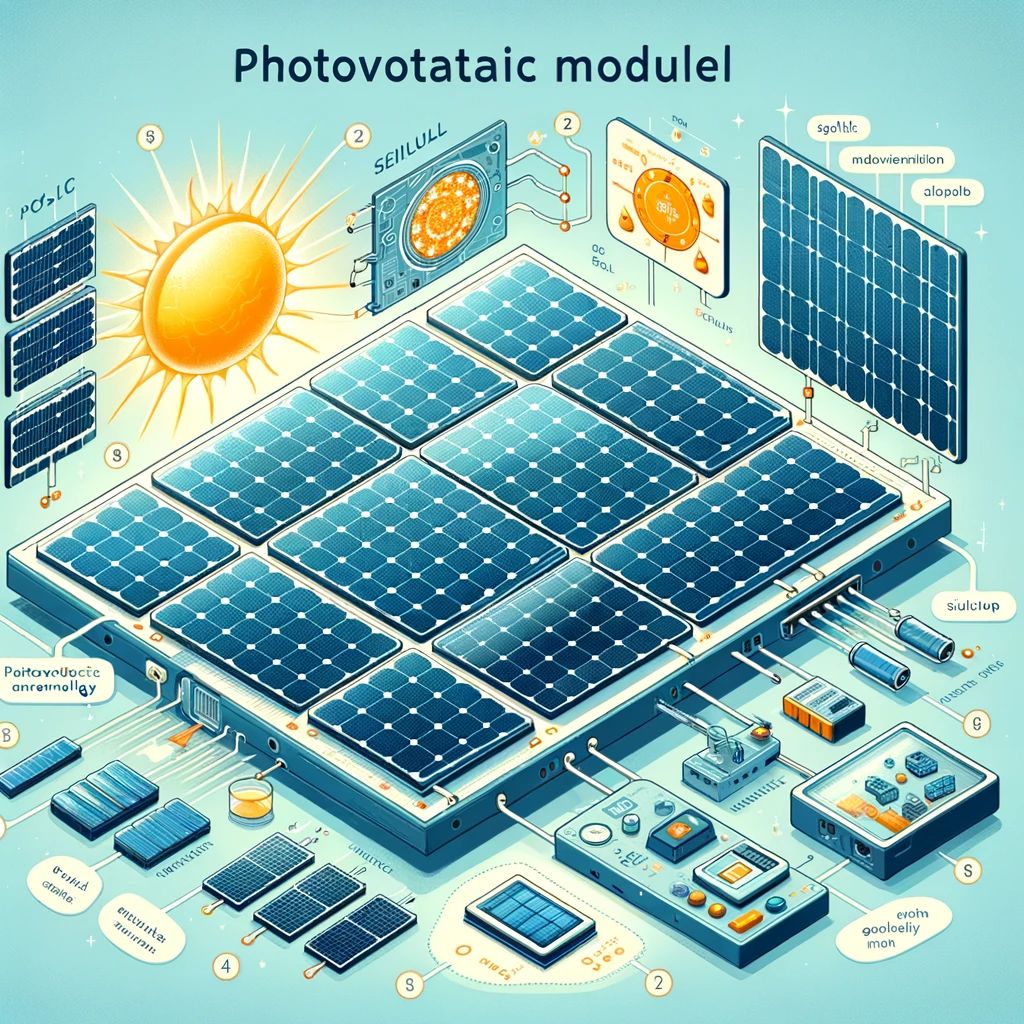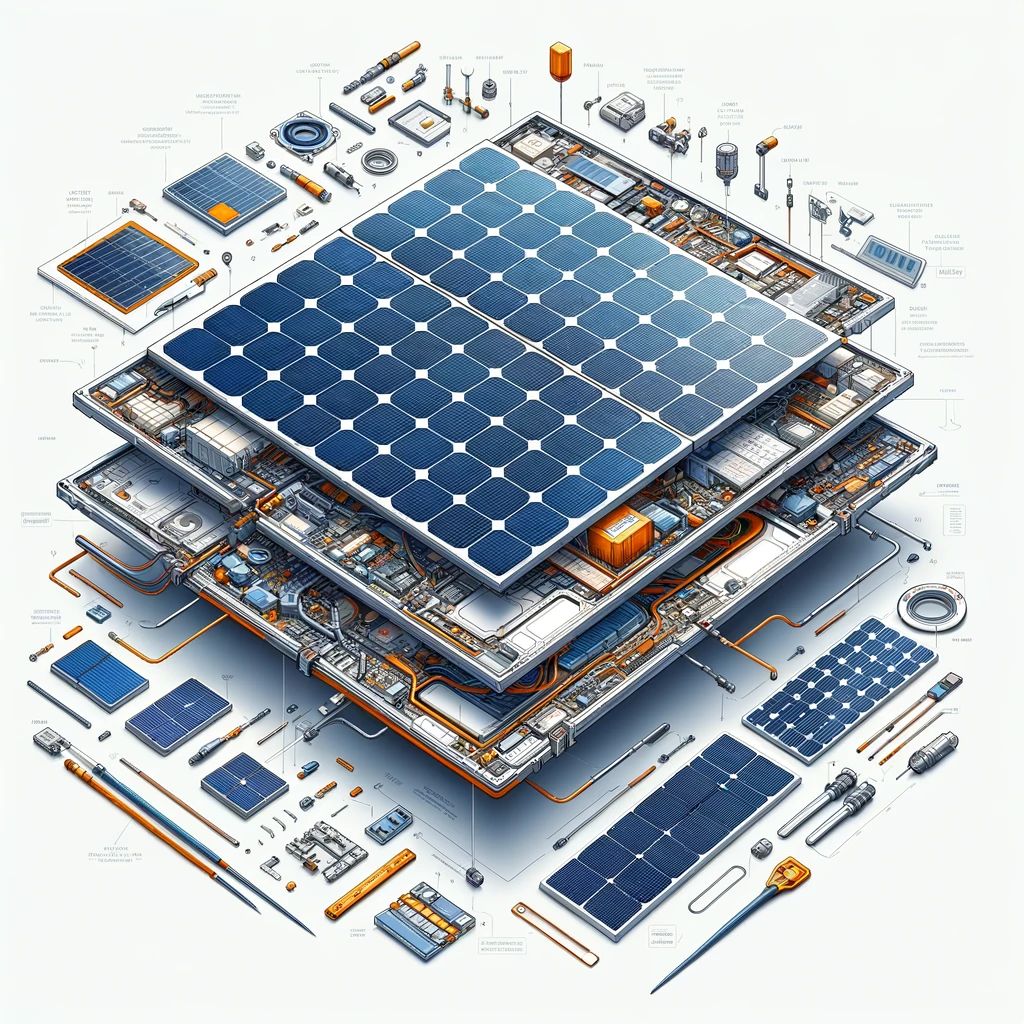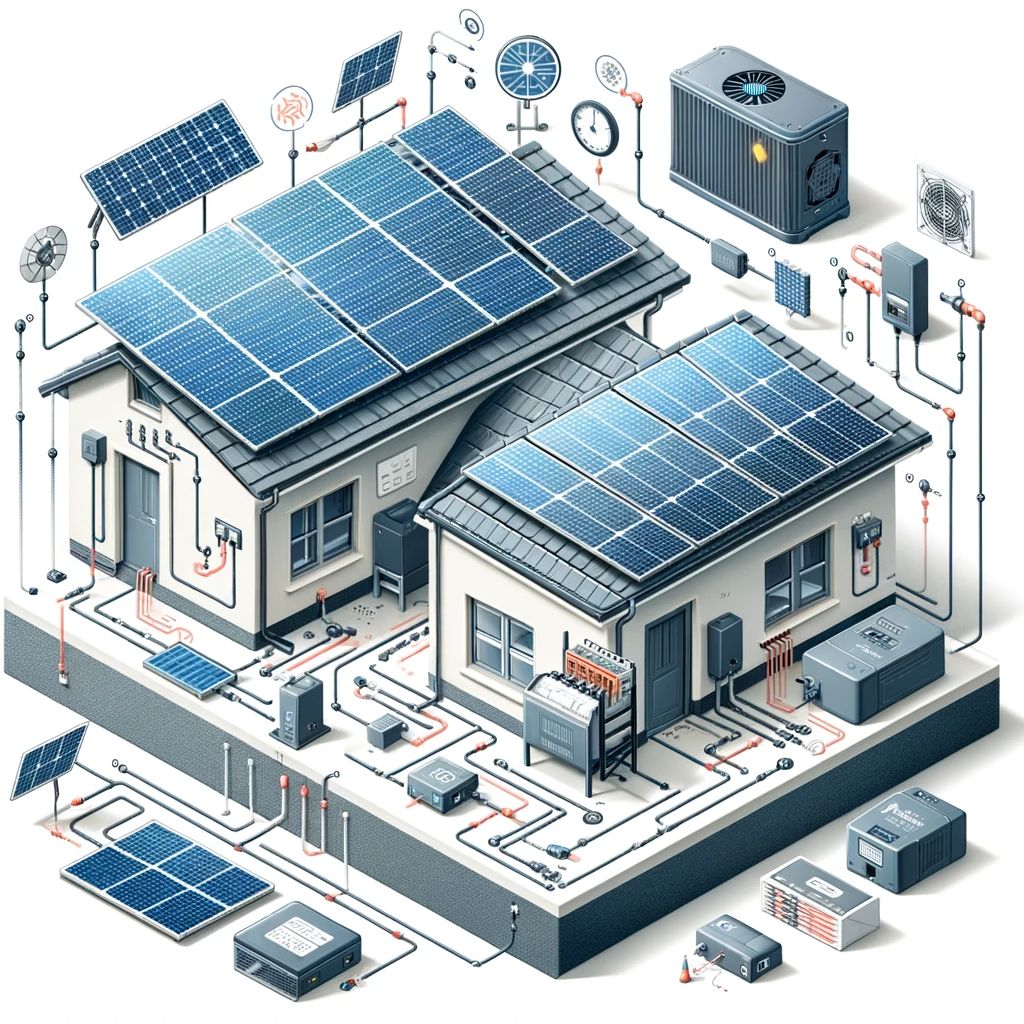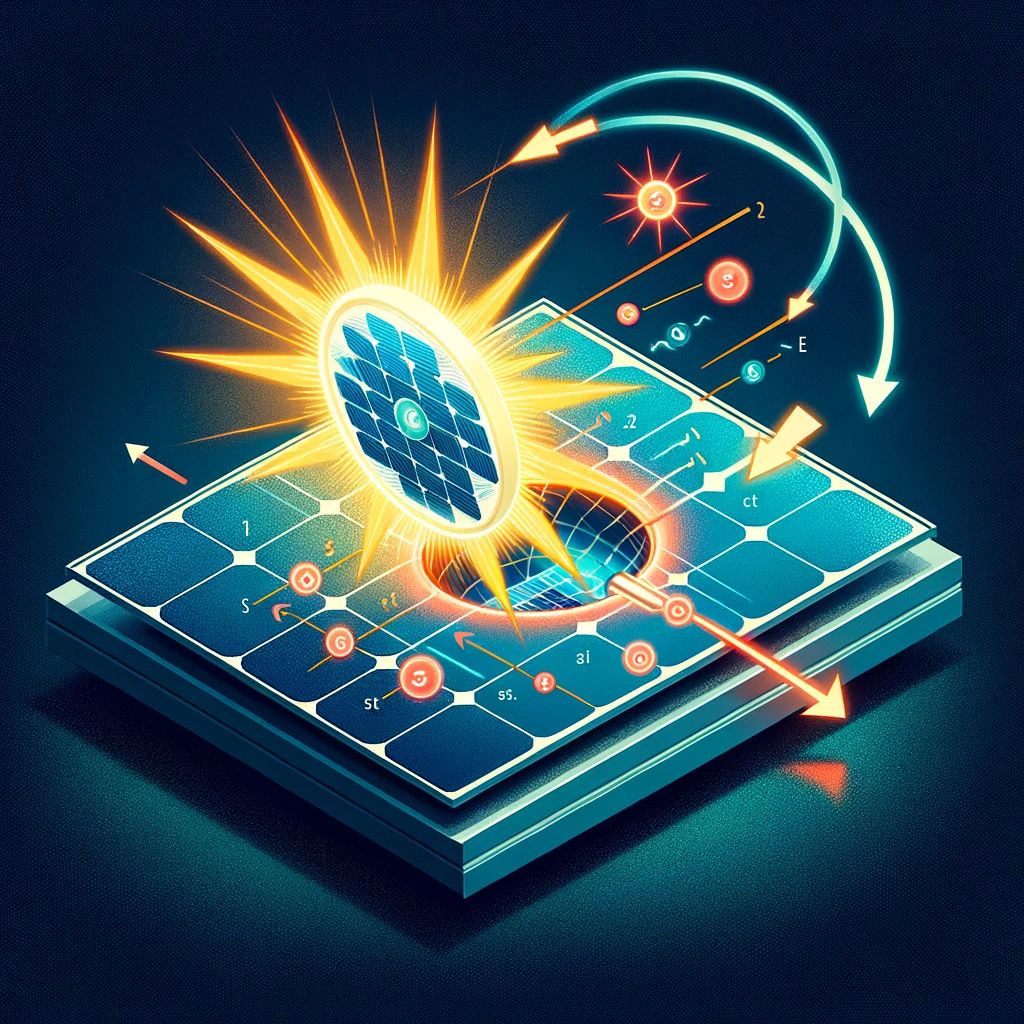Understanding the Basics of Photovoltaic Modules in Solar Technology
Photovoltaic modules, commonly known as solar PV panels, have revolutionized the way we harness the sun’s energy. These remarkable devices convert sunlight directly into electricity, playing a pivotal role in the renewable energy sector. In this comprehensive exploration, we’ll delve into the intricacies of photovoltaic modules, their components, functionality, and the impact they have on the environment and energy industry.

Components and Design of Solar PV Panels
At the heart of a photovoltaic module lies the solar cells. Typically made from silicon, these cells are responsible for the energy conversion process. Each module consists of multiple solar cells connected and encapsulated to protect them from environmental conditions. The solar module’s efficiency largely depends on the type of cells used, such as monocrystalline, polycrystalline, or thin-film solar cells. The module frame, usually made of aluminum, ensures structural stability and allows for easy installation.

The Process of Converting Sunlight into Electricity
The primary function of a photovoltaic panel is to convert sunlight into electricity. This process involves the photovoltaic effect, where light energy (photons) knocks electrons free from atoms within the solar cells, generating a flow of electricity. This clean and sustainable method of producing electricity highlights the importance of solar technology in today’s energy mix.

Installation and Integration into Power Systems
Solar installations can vary from small, rooftop setups to large, ground-mounted solar arrays. The integration of these modules into power systems involves several components, including solar inverters, mounting systems, and sometimes battery storage solutions. Whether part of a grid-tied system or a standalone setup, the installation and configuration play a crucial role in the overall performance and energy yield of the system.

Evaluating Performance and Reliability
The performance of photovoltaic modules is a critical aspect of their overall evaluation. Factors such as durability, temperature coefficient, and performance ratio are essential in determining the module’s effectiveness and longevity. Manufacturers rigorously test these modules to ensure they meet high standards of reliability and energy production.
The Environmental Impact and Future of Solar Modules
Photovoltaic technology is at the forefront of sustainable energy solutions. By reducing carbon footprint and promoting eco-friendly energy sources, solar modules contribute significantly to environmental conservation. The future of photovoltaic technology looks promising, with ongoing advancements aimed at increasing efficiency and reducing manufacturing costs.
Conclusion: Embracing the Solar Revolution
Photovoltaic modules are more than just components of solar power systems; they are catalysts for a greener, more sustainable future. As the solar industry continues to grow and evolve, these modules will play an increasingly vital role in our global energy landscape, paving the way towards a cleaner, more renewable energy future.


